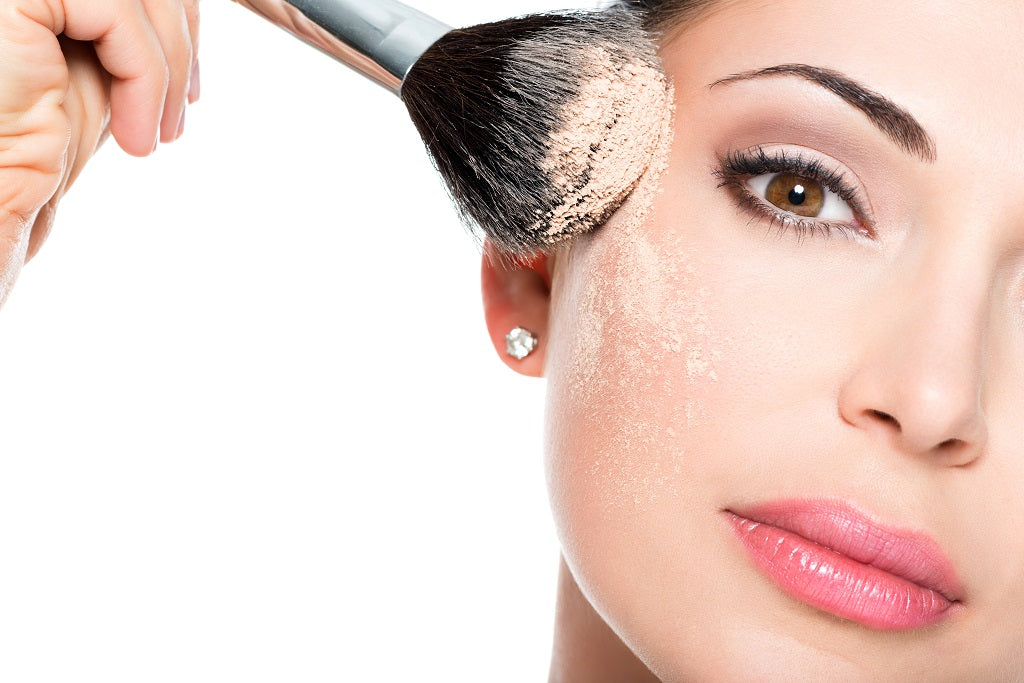There are so many hair types, that oftentimes, it becomes very difficult to determine the category we belong to. Here is a guide that will help in determining your hair type, so that you can take care of it accordingly with the appropriate products.
While you may be familiar with your skin type, there is a possibility that you aren’t in tune with your hair type. Understanding different hair types and knowing which category your hair belongs to plays a pivotal role in the success of your hair care regimen. But figuring out what treatment works best for you can be a meticulous task. Applying the wrong hair care product can lead to various hair concerns. That’s why we recommend starting with a chart to determine your hair type.
Different Hair Types
With a good understanding of your hair type, you can put an end to bad hair days forever. You can figure out what type of hair you have based on these four factors.
1. Diameter
There are different types of hair and determining your hair type is crucial to maintaining your hair health. To determine what kind of hair you have, first, measure the width of your strands or the diameter of your hair. The diameter of your hair has nothing to do with the amount of hair you have on your head, it's only about the thickness of the individual strands.
To determine the diameter of your strand, place an individual strand on the table and let it remain flat on the table. Now based on the width of your strand let's determine your hair type.
- Fine Hair- You have fine hair if you cannot see it between your fingers or feel it.
- Coarse Hair- Hair that appears thick and textured is coarse. Generally, curly hair types have coarse hair.
- Moderate Or Medium Hair- If your hair is somewhere in-between fine and coarse, then the width of your hair is moderate to medium.
Understanding your hair type may assist you to decide which kinds of products you must move closer to. For instance, coarse hair is prone to frizz and dryness and does not retain water like other types of hair. People with coarse hair need to use moisturizing products in order to hydrate their strands and prevent frizz.
2. Density
Density refers to the amount of hair you actually have on your scalp. In order to determine the density of your hair, hold a section of your hair in your fist and pull it aside.
- Thin Hair- If you can see your scalp through your hair then you have thin hair.
- Thick Hair- If you can barely see your scalp through your hair, that means you have thick hair.
- Medium Hair- If your hair lies somewhere in between then you have medium hair.
Also Read : Here's A Guide To Help Understand If You Have Fine Hair Or Thin Hair
The density of your hair refers to the number of strands on your head. But density has nothing to do with the diameter of your hair.
3. Porosity
Porosity refers to your hair's capacity to hold in moisture or products. Determining the porosity of your hair will help you decide the kind of treatment your hair is able to take and what kinds of products you can apply to your hair. A simple method to assess the porosity of your hair is placing a single strand of hair in a bowl filled with water.
- High Porosity- If it falls to the bottom then your hair is very porous as it is absorbing all the water.
- Low Porosity- If your hair is floating over the water, it is low porosity and won't be able to absorb moisture as quickly. You will find that most curly hair types have low porosity hair.
- Normal Porosity-If your hair is floating in the middle of the glass of water, it has normal porosity, meaning it is well-balanced.
What does all this talk about porosity have to do with you? It's a matter of fact that if you have low porosity hair this means that the cuticles are placed compactly. Therefore, water rests on the surface of the strands and does not soak in. Low porosity hair takes a longer time to dry, and products tend to collect over their hair instead of getting absorbed. To prevent this, apply your haircare product to damp hair and evenly distribute it throughout your hair.
In high porosity hair, the cuticles are raised, facilitating easy absorption of moisture and water into your strands. High porosity hair is more prone to dryness and frizz as the moisture gets absorbed into the hair quickly, resulting in the frequent application of hair care products to keep your strands hydrated. People with high porosity hair should look for hydrating hair products that will give their strands plenty of hydration.
Also Read : How Hair Porosity Can Be A Deciding Factor While Picking Haircare Products
4. Hair Shape
Shape refers to the bends or curves in your hair.
- Straight Hair- If your hair doesn't have any noticeable bends or curves, it means you have straight hair.
- Wavy Hair- Wavy hair has a slight curve or is 'S-shaped.
- Curly Hair- Curly hair has tighter curls without ringlets.
- Spiral Curls- Your hair looks coily with ringlets if you have spiral curls.
Now we guess that you have a clear understanding of different hair types and you know which type of hair you have. It is ideal to choose hair care product according to your hair type. This will go a long way in maintaining healthy hair and scalp.
Also Read :
Here's A Guide To Help Understand If You Have Fine Hair Or Thin Hair
Disclaimer: All the content on anveya.com/blogs is solely for information. It is not intended to be a substitute for professional medical advice, diagnosis or treatment. Always seek the advice of your physician or a qualified health care provider. The information, suggestion or remedies mentioned on this site are provided without warranty of any kind, whether express or implied.



